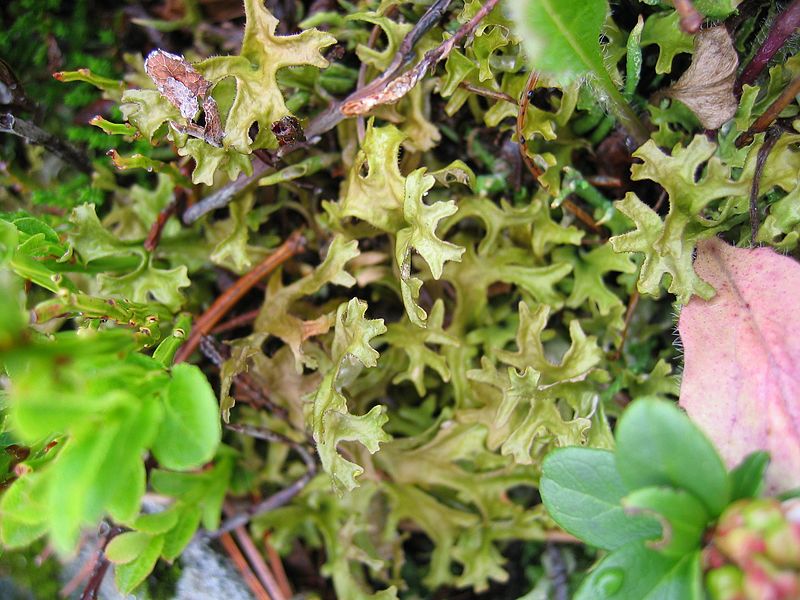Thank Marx, here's the class. Much as I want more animal and plant data, I feel the need for some class society.
Glad to be of service.
I think you need to look at earlier societies.
You're probably right. Throw me some links for references.
The Thule are a "pre-slave" society, and are likely to remain that way.[/quote]
Possibly. Generally, the hunter/gatherer Thule couldn't produce enough of a surplus or population density to really support slaves or slavery.
The Agricultural Thule are wealthier, but my thinking is that they organize on the village level, with individual plots and crops.
I don't think that the Thule will go in heavily for megaprojects. The nature of microclimate engineering is that it is intensly local, small scale and cumulative. So slavery is probably going to have a tough road.
The form of social property is family lineal within group lineal behaviour. Much of the trade is totemic and culturally evaluated.
Culturally evaluated is a good way to put it. Increasing diversity of local resource packages is going to demand some systems of exchange, and there's going to be both economic motivations and volumes. But the exchange system will probably be highly mediated by Shamans.
Local trade may be less trade as we understand it, and perhaps more like mutual tribute, where exchanges are not simply transactions, but bundles of 'relationships' which incorporate everything from past debts, future accounts, political and socaial alliances, adjustments or maintenances of current status, etc.
The politics of this are more like the Celtic or Germanic tribal structures—again pre-Slave and pre-Feudal. There are some excellent reviews on the varied structure of class society in these "barbarians."
Please feel free to elaborate. I'm happy to pick your brain.
Except of course here they'll be civilised and with an oral record.
And very soon a written record. It'll be part of the Norse interchange.
Or consider the Greek myths as a "template" for a slave society's understanding of archaic pre-slave "hydrological/Asiatic" society.
And apart from the earth works, there is the centralised extraction of social surplus as corvee labour and direct use goods. Except with the Thule this will be resisted by a 70:30 male:female (or even better!) Shamanic class. And the Shamans are going to be unwilling to let the hydrological monarchs claim divine status.
I don't think we'll see hydrological monarchs. The Shamans are organizing communal labour. Part of Shamanic status may be organizing greater volumes of labour. Control of that labour or its products may be a hotly contested topic.
Asiatic society with internal contest within the cities? I think it is time to look at the Mesopotamian cultures.
Again feel free to elaborate.
Asiatic society without a centralised and homogenous Priest caste? EVEN MORE AWESOME.
I don't see the Shamanic class centralizing or homogenizing. In religious terms, it probably parallels the Islamic system of Mullahs, where theologians don't exist in any organized hierarchical structure, but tend to make their names and be individually influential through scholarship etc.
One thing we'll probably see is an increasing diversity of the Shamanic class. There's just more and more roles they assume - Agronomists, Vetinarians, Doctors, Traders, etc. I'm not sure if the Shamanic class will break into sub-classes which then establish their own professional societies.
Another alternative might be a sort of GP thing, where all Shamans are assumed to have a battery of basic skills, and specialize in one area or another as a means of building status.
Last edited:
